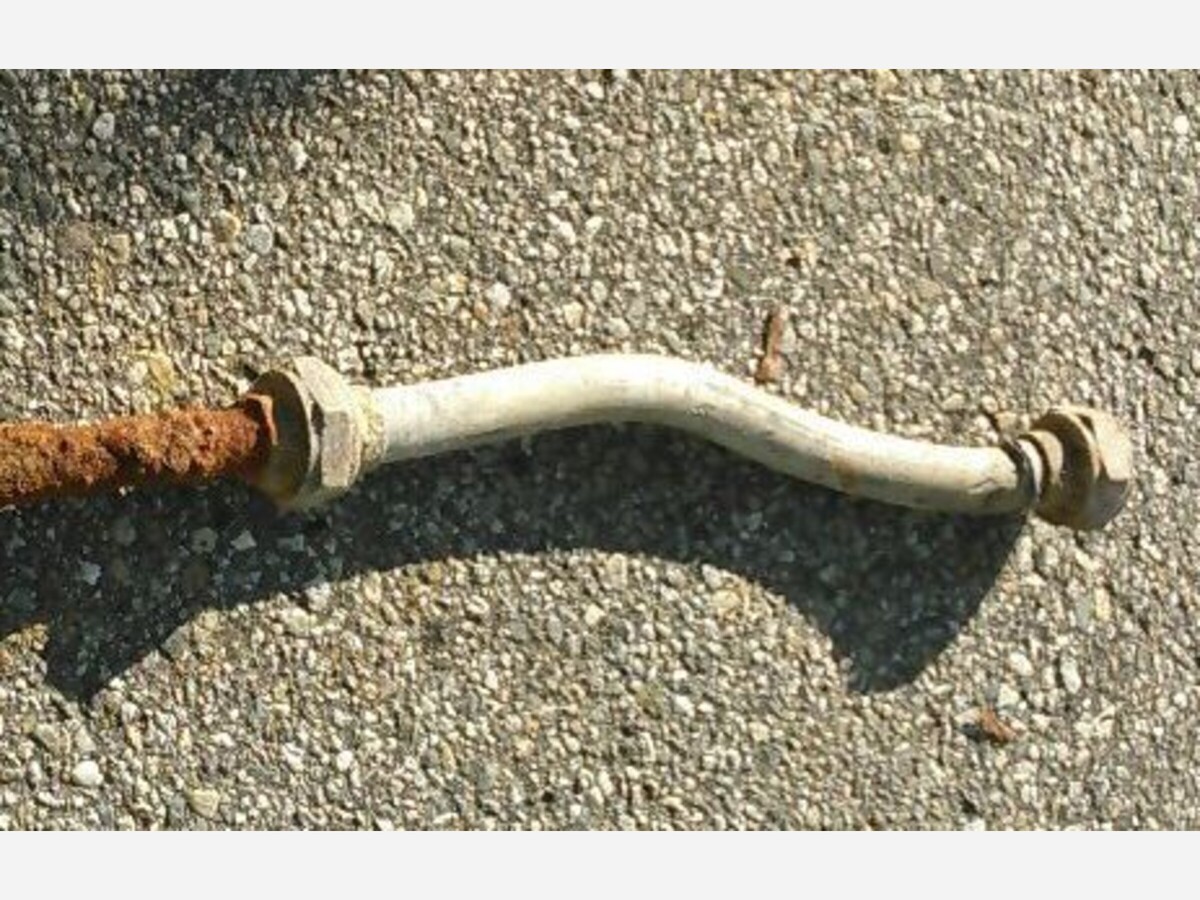Image


Above, an EPA image of a lead gooseneck or elbow, used to connect home water service lines to water mains.
Earlier this week, the Massachusetts Clean Water Trust’s (the Trust) Board of Trustees approved $56,646,540 in new low-interest loans and grants at its meeting on January 11, 2023. The awards didn't come to Franklin, but neighboring Medway scored a 100 percent forgivable loan for $140,000. But Franklin is in line for funding in the future, according to Doug Martin, P.E., Water and Sewer Superintendent.
The Trust, in collaboration with the Massachusetts Department of Environmental Protection, helps communities build or replace water infrastructure that enhances ground and surface water resources, ensures the safety of drinking water, protects public health and develops resilient communities. It accomplishes these objectives by providing low-interest loans and grants to cities, towns and water utilities through the Massachusetts State Revolving Funds (SRFs). The SRF programs are partnerships between the United States Environmental Protection Agency and the Commonwealth of Massachusetts. SRFs function like an environmental infrastructure bank by financing water infrastructure projects in cities and towns across the Commonwealth.
According to Wikipedia, lead was still widely used in water distribution systems and plumbing hardware before the early 20th century, including lead pipes, leaded solder and leaded alloys. One part of the systems is the connections between the water mains and the water user locations. A service line is a pipe that makes the connection, which was also made of lead in those days. The first portion of the service line called gooseneck that connects to a valve at the water main requires to be flexible to allow some movements. Lead goosenecks (also called lead service connections or LSCs) were commonly used at the time due to the durability and flexibility. In colder-weather areas, the connection between the water main and the rest of the service line is subjected to expansion and contraction during changing temperatures. When a stiffer service line made of galvanized steel pipe was used, a lead gooseneck was installed to connect to the water main to reduce breakages by such expansion and contraction.
In the 2010s, one-third of American communities still had lead service lines, with an estimate to be up to six million. Elimination had been extremely difficult due to the high cost of identifying, locating, removing, and preventing the many potential sources of lead in various water distributions systems in the United States.
Martin said Franklin's 'problem' is mostly with the elbows, rather than whole service lines. And in the older parts of town, that's what the Department hopes to target for elimination over time. For a fuller discussion, see the briefing delivered in October to the Town Council here.